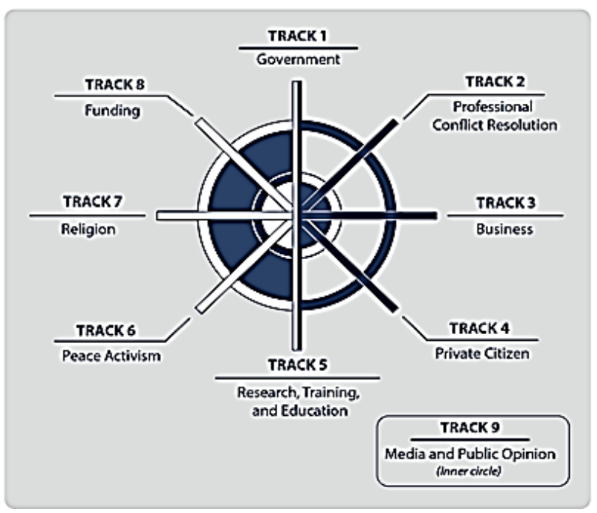CSS International Relations Past Paper 2020
PAPER-I (Subjective) 80 Marks
Attempt ONLY FOUR questions from PART-II. (20×4)
PART-II
Q. No. 2. How do the Neo-Realist and Constructivist approaches differ over the study of state behavior in contemporary international politics?
Q. No. 3. Describe the concept of Pre-Emptive Self-Defense in the context of International Law and critically evaluate the legitimacy of the US use of force against Iraq.
Q. No. 4. What do you understand by International Political Economy? How does it promote economic dependency in developing states?
Q. No. 5. Define the concept of Strategic Culture and highlight the major determinants of Pakistan’s Strategic Culture.
Q. No. 6. Explain the concept of Economic Liberalism and relate its core interests with the concept of Neo-imperialism.
Q. No. 7. Critically evaluate the US Indo-Pacific policy. Do you believe the current US strategies are aimed at containing the growing economic superpower, China?
Q. No. 8. Describe the geo-strategic importance of the Indian Ocean and highlight its impacts on Pakistan’s maritime security.
PAPER-II (Subjective) 80 Marks
Attempt ONLY FOUR questionsfrom PART-II. (20×4)
PART-II
Q. No. 2. What are the multidimensional and multifaceted impacts of climate change on multiple dimensions of security? Identify each, discuss and analyze under the theoretical framework of Security and International Relations.
Q. No. 3. What are the four essentials of Resource Management? When does a resource become an element of power or a resource curse? Discuss the Reko-Diq case in this context.
Q. No. 4. Why is it difficult to define terrorism? Elaborate upon the following:
(a) Feminization of terrorism
(b) Criminalization of terrorism
(c) Commercialization of terrorism
(d) State-terrorism
Q. No. 5. Differentiate between the Washington Consensus and the Beijing Consensus. Is the Beijing Consensus a challenge to the Washington Consensus?
Q. No. 6. Comment in detail on the mechanism of conflict resolution between Pakistan and Afghanistan and on the Durand Line issue.
Q. No. 7. Discuss Russia’s return to South Asia and the United States’ Indo-Pacific Strategy.
Q. No. 8. Explain the following diagram in the light of multi-track diplomacy. Which is the most important track of diplomacy and why?

